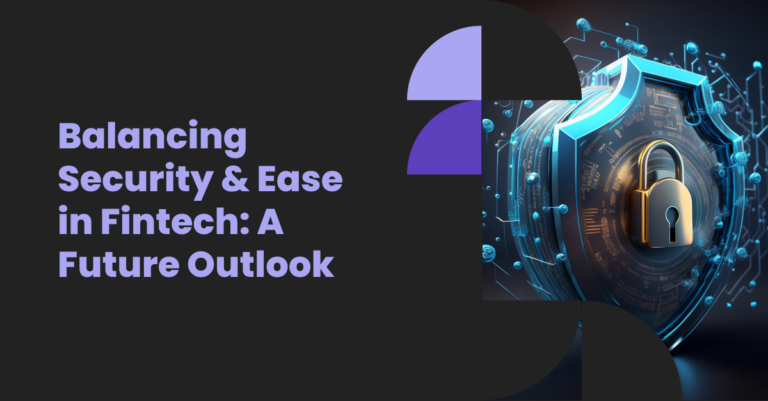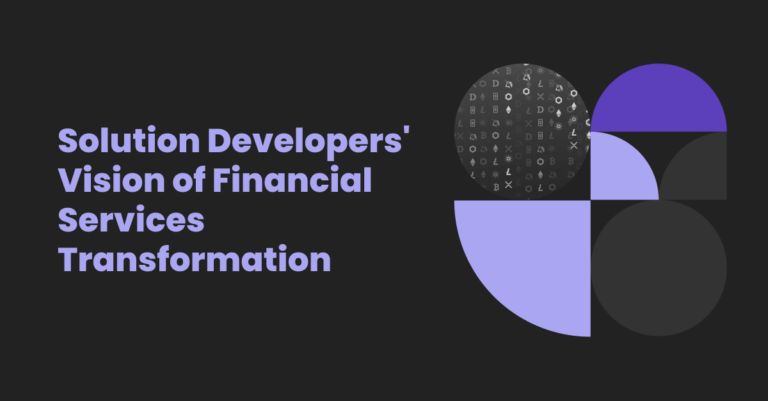Computing technology is about to reach a landmark moment in its growth. As the academic and business realms brace for the dawn of the quantum age, there is understandable apprehension about what lies ahead, which brings up questions like “what is quantum computing, its applications, and implications?” One fact is for sure – the world is about to see a new generation that’s tied to quantum computing security threats. The main danger is the disruption of the traditional encryption systems, resulting in all kinds of private information being revealed.
Although brute force attacks will take months to break through high-level algorithms, quantum attacks can break traditional public-key encryptions in a fraction of the time. Even if quantum computers do not arrive for another decade, today’s public key encryption has yet to be proven reliable against mathematical attacks. Furthermore, the challenge faced by a potential quantum computer has an immediate impact on data: the “download now, decode afterward” attack vector ensures that (encrypted) confidential information can be collected now and processed offline until quantum computers emerge.
However, there are ways to protect your data, called quantum security. Quantum-safe encryption is the best way to maintain the protection of encryption keys and achieve long-term privacy. Quantum computing security would secure the data from today’s brute force attacks, guarantee that long-living data is protected from potential attacks, and shield high-value data in a post-quantum computing environment.
Dangers Posed by Quantum Computer Hacking
Quantum computers are data storage and computing devices that make use of quantum mechanical properties. This can be immensely beneficial for some projects, where they can significantly outperform even one of the most powerful supercomputers.
Traditional devices, such as phones and laptops, store data in binary “bits” that can be either 0s or 1s. A quantum bit, or qubit, is the fundamental memory device of a quantum computer. Physical systems, including the spin of an electron or the photon’s angle, are used to create qubits. Quantum superposition is a property that causes these devices to be in several configurations at the same time. Quantum entanglement is a process that allows qubits to be inextricably bound. As a consequence, a set of qubits will represent several items at the same time. A traditional device, for example, can reflect any figure between 0 and 255 with only eight bits. However, an eight-qubit quantum machine will simultaneously represent all numbers between 0 and 255. This is crucial for massively faster processing speeds, which are needed to replicate quantum mechanics at the molecular level.
Now a vital question arises – what is quantum computing used for?
In 2019, Google made headlines for declaring quantum superiority, claiming that its machines could execute tasks that a traditional machine couldn’t. IBM has also been reporting about its efforts to build a 1000-qubit quantum computer by 2023. Below are some of the most common quantum computing technologies in practice:
- Artificial Intelligence (AI) and Machine Learning (ML): Speech, image, and handwriting recognition are only a few of the typical AI and ML applications we see daily. And this is where quantum computation could help solve difficult problems in a fraction of the time, whereas it would take conventional computers thousands of years to solve.
- Computer-Aided Chemistry: The number of quantum states, also in the tiniest of molecules, is thought to be enormous, making it impossible for traditional computational memory to process. Creating a superconductor (at room temperature), eliminating carbon dioxide for a healthier atmosphere, and optimizing the nitrogen-fixation method for ammonia-based fertilizer are only a few of the crucial problems that quantum computing could solve.
- Drug Development & Design: Researchers agree that quantum computation can be a valuable method for understanding medications and their effects on humans, saving pharmaceutical companies a lot of money and time.
- Cryptography & Cybersecurity: Thanks to the number of cyber-attacks that occur regularly worldwide, the online security environment has become very fragile. Quantum computing cybersecurity, combined with machine learning, will help develop different strategies to fight cyber threats.
- Financial Analysis: Companies can increase their solutions’ accuracy and lessen the time needed to produce them by using quantum technology to execute large and complicated calculations.
Quantum computers could, however, assist hackers in gaining access to our most sensitive information by breaking cryptography that would usually take thousands of years to crack, including with supercomputers. To demonstrate that traditional encryption (RSA + AES) is approaching its limit, Active Cypher designed QUBY, a mini-quantum computer, by repurposing hardware running quantum algorithms. With hardware costing $600, QUBY is compact enough to fit in a backpack. Performing a vast superposition of potential outcomes for modern encryption algorithms requires a quantum processor with millions of qubits — and the biggest quantum machine on the market currently has just 72 qubits. However, quantum emulators can already speed up the breaching of encryption protocols by using sophisticated cracking algorithms on non-quantum hardware platforms. This fact makes matters of quantum security even more important today.
Present defense measures would be vulnerable to new forms of cyber threats due to quantum computing, posing a serious problem for advanced technical networks such as networked cars or industrial control systems. Cyber-attacks on industrial facilities may result in the theft of trade secrets or disruption of the manufacturing cycle, resulting in colossal economic damage. These aspects also increase the significance of quantum security.
Importance of Quantum Security
Without any quantum-safe encryption, any data transferred on public media now and even in the future would be susceptible to spying. Also, material protected from current attacks could be stored for later decryption until a functional quantum computer is accessible. It could also result in undetected data manipulations. It would be difficult to claim the credibility and authenticity of transmitted content. This would breach existing regulatory standards for data confidentiality and safety from a business, ethical, and legal viewpoint.
Security specialists are concerned that today’s common algorithms protection is based on one of three difficult mathematical problems: integer factorization, discrete logarithm, or elliptic-curve discrete algorithm. Most of these challenges can be easily resolved using Shor’s algorithm on a reasonably efficient quantum computer. Although existing theoretical quantum computers lack the computational power to hack any actual cryptographic algorithm, many cryptographers are developing new algorithms to plan for the day when quantum computing becomes a threat.
Encryption efficiently preserves privacy because data encryption and decryption are relatively simple programming processes, but cracking an encryption scheme is incredibly difficult. A brute force attack on the encryption key is incredibly difficult. Since an intruder can’t access data without the encryption keys, they’ll want to steal them. If the hacker cannot access the keys by any means, they will resort to a “brute force” attack, in which they try all available encryption keys. Quantum security algorithms keep the principle that without an encryption key, an intruder will be unable to decrypt data without compromising the data’s integrity.
When addressing encryption, it’s important to understand that most security schemes employ one of two encryption forms – Asymmetric Encryption and Symmetric Encryption.
- Asymmetric Encryption: This encryption utilizes a key pair that comprises a public and private key. Every node will have its pair of keys. The public key can be exchanged with other nodes; however, the private key should be kept confidential. A negative aspect of asymmetric encryption is that it can use 100 times the amount of CPU cycles as symmetric encryption. The solution is to establish an initial encrypted link for sharing a hidden symmetric key by first running an asymmetric session.
- Symmetric Encryption: It allows the use of a single hidden key that all interacting participants obtain. The question is how to share keys without them being intercepted. This is where asymmetric encryption is used, which allows for the safe sharing of the symmetric encryption key.
Discovering, developing, and implementing modern quantum-safe encryption algorithms has become a priority for academic, technology, and government organizations worldwide. The aim is to develop one or more algorithms that can withstand quantum computation with certainty. Quantum encryption is accomplished using a mathematical approach that is impossible to overcome with both standard and a quantum computer. The present RSA and ECC encryption algorithms are focused on algebraic problems involving very big random numbers. They are extended to both public and private keys so that the private key is never revealed.
Surprisingly, symmetric encryption and hash algorithms are currently untouched by quantum computing and do not require replacement. Many encryption schemes that rely on asymmetric encryption to create keys for symmetric encryption operations are at risk of being broken. Quantum-safe encryption aims to replace the asymmetric encryption algorithms currently used for key exchange and digital signatures.
















